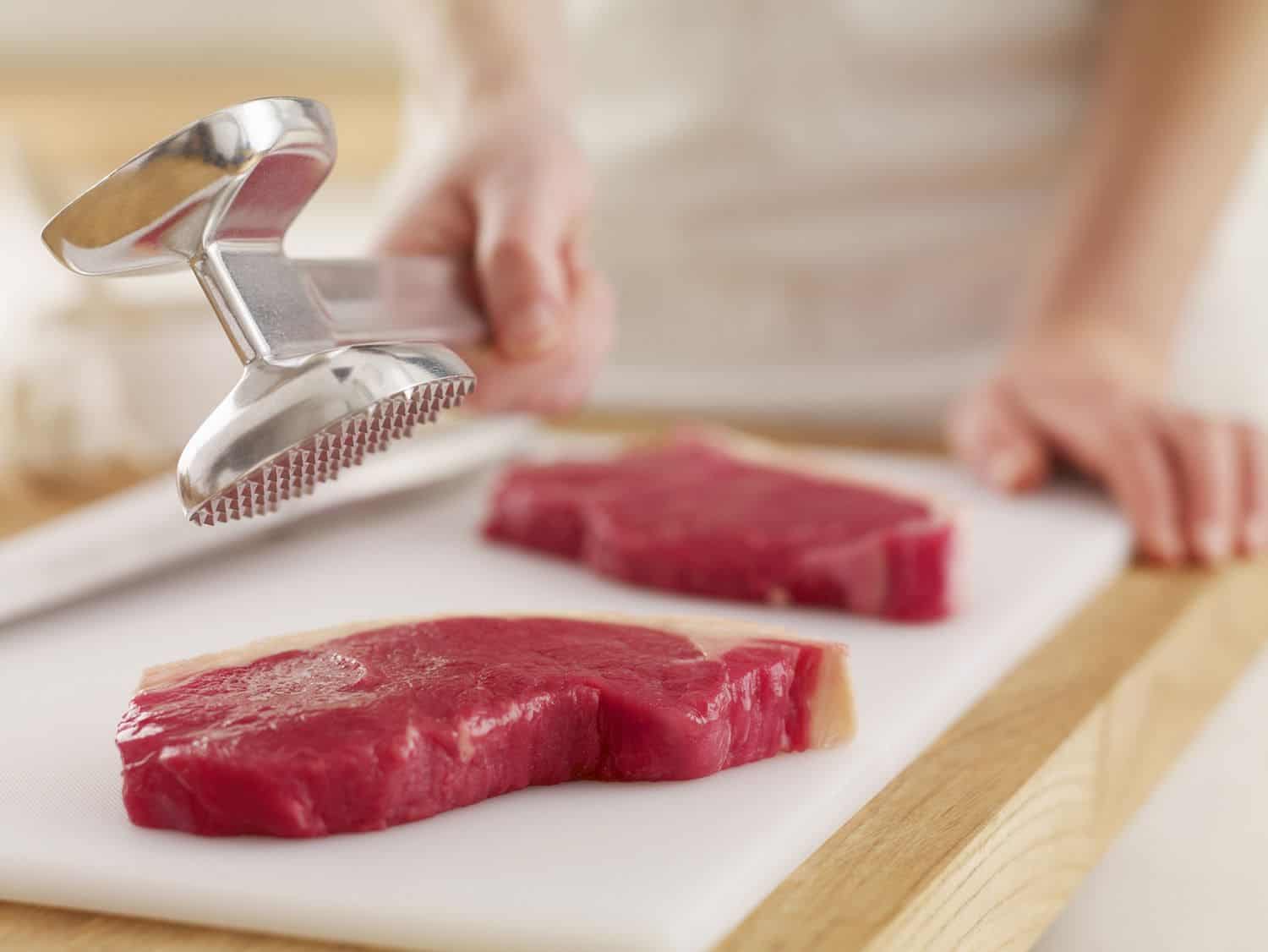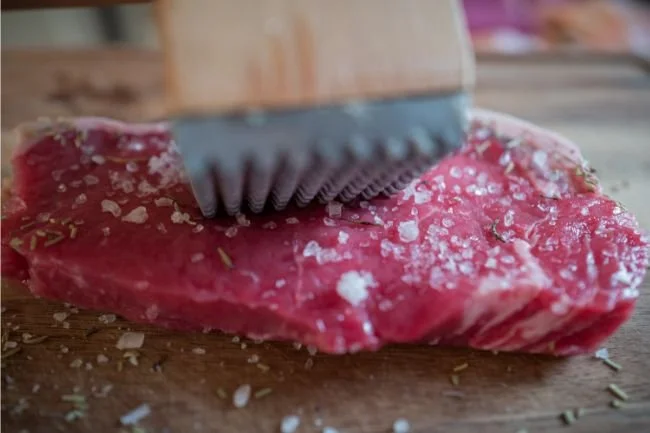What is a Meat Tenderizer and Why Do Barbecue Enthusiasts Need It?
Written By James Morgan
If you're a barbecue enthusiast, you may have asked yourself, 'What is a meat tenderizer'? A meat tenderizer is an essential tool or substance used to make meat softer and more palatable. This is particularly important when dealing with tougher cuts of meat, which can be hard to chew and less enjoyable. Using a meat tenderizer can turn a tough, chewy piece of meat into a juicy, delicious masterpiece. But, what types of meat tenderizers are there, and how can barbecue enthusiasts make the best use of them?
In this comprehensive guide, we'll cover everything you need to know about meat tenderizers, from the different types available to the various techniques you can use. By the end of this article, you'll be equipped with the knowledge to elevate your barbecue game significantly.

Types of Meat Tenderizers
There are primarily three types of meat tenderizers that you might come across: mechanical, enzymatic, and acidic. Each has its unique advantages and is suitable for different kinds of meats.
Mechanical Meat Tenderizers
Mechanical meat tenderizers utilize physical force to break down the muscle fibers in the meat. These come in various forms, such as hammer-style tenderizers and blade tenderizers. Mechanical tenderizing is especially effective on thick cuts of meat. Hammer-style tenderizers have a flat side and a side with small spikes, allowing you to both flatten and puncture the meat to break down tough fibers.
Enzymatic Meat Tenderizers
Enzymatic tenderizers use natural enzymes to break down the connective tissue and muscle fibers in the meat. These enzymes are usually derived from fruits like pineapple and papaya. For instance, bromelain from pineapple and papain from papaya are popular choices. These enzymes actively break down proteins in the meat, making it much more tender.
Acidic Meat Tenderizers
Acidic tenderizers rely on acidic substances like lemon juice, vinegar, or even yogurt to tenderize the meat. The acids work by breaking down the proteins and connective tissues, resulting in softer meat. This method is particularly effective for marinating meats that will be cooked quickly, such as chicken breasts or fish fillets.

How to Use a Meat Tenderizer
Using a Mechanical Tenderizer
Mechanical tenderizers are relatively straightforward to use. Simply place the meat on a clean surface and begin to pound it with the tenderizer. Always make sure to apply even pressure to avoid tearing the meat. Blade tenderizers often come with multiple blades that puncture the meat at once, making this a quick and efficient process.
Using an Enzymatic Tenderizer
When using enzymatic tenderizers, you'll typically sprinkle the enzyme powder over the meat or immerse it in a marinade containing the enzyme. Allow the meat to sit for a specified amount of time, usually between 30 minutes to a few hours, depending on the toughness of the cut. Be cautious not to over-tenderize, as this can lead to a mushy texture.
Using an Acidic Tenderizer
For acidic tenderizers, you need to immerse the meat in an acidic marinade. Ingredients like lemon juice, vinegar, or wine work well for this purpose. Marinate the meat for at least 30 minutes but no longer than 24 hours to achieve optimal tenderness. The acid not only tenderizes but also adds a tangy flavor to the meat.

Best Practices for Tenderizing Meat
Tenderizing meat is an art, and following some best practices can significantly affect the outcome. Here are our top tips:
Choose the Right Cut
Some cuts of meat are naturally more tender than others. For instance, filet mignon and ribeye are more tender compared to flank steak or brisket. Knowing which cuts to tenderize can save time and effort.
Marinate Properly
Marinating meat can not only tenderize it but also add additional flavors. For best results, make sure your marinade covers the entire piece of meat, and allow it to sit in the refrigerator. Always marinate in non-reactive containers like glass or plastic.
Don't Over-Tenderize
Whether using mechanical, enzymatic, or acidic tenderizers, over-tenderizing meat can result in a mushy texture. Follow the recommended time guidelines for each method.

Frequently Asked Questions (FAQs)
How long should I tenderize meat before cooking?
The duration depends on the method used. For mechanical tenderizers, a few minutes should suffice. For enzymatic and acidic tenderizers, anywhere between 30 minutes to 24 hours is recommended.
Can I over-tenderize meat?
Yes, over-tenderizing can turn meat into a mushy texture. Always follow the time guidelines for each tenderizing method to avoid this.
Do I need to tenderize all types of meat?
No, not all meats require tenderizing. Softer cuts like filet mignon or ribeye are naturally tender and do not need tenderizing. However, tougher cuts like brisket or flank steak will benefit significantly from tenderizing.
Conclusion
Understanding what a meat tenderizer is and how to use it can take your barbecue skills to the next level. By incorporating mechanical, enzymatic, or acidic tenderizers into your meat preparation process, you can make even the toughest cuts incredibly tender and flavorful. So go ahead, and make sure to implement these tenderizing techniques at your next barbecue.
For more tips on meat preparation and grilling, check out our other articles like Meat Thermometer in Pork Shoulder and Chef Style Meat Thermometer.
For more information, visit Wikipedia's Meat Tenderizer page.
As an Amazon Associate, I earn from qualifying purchases.



